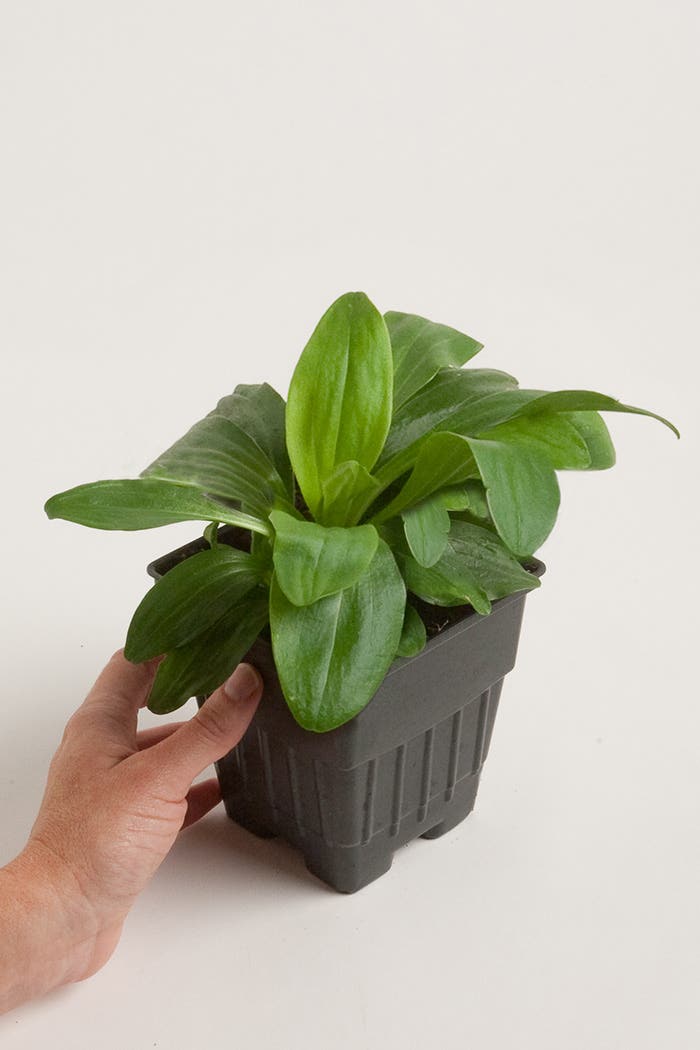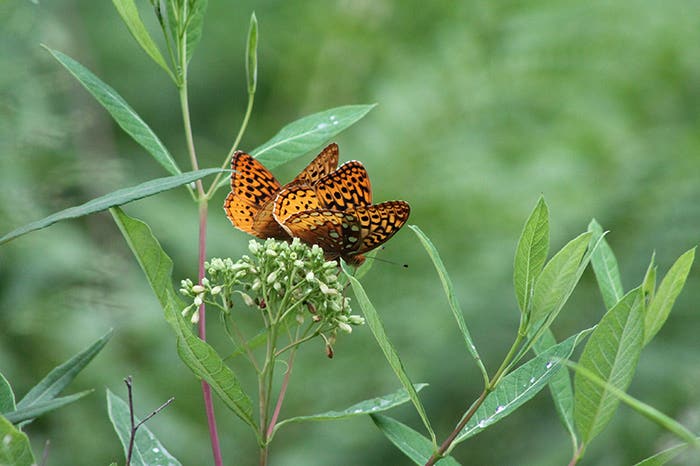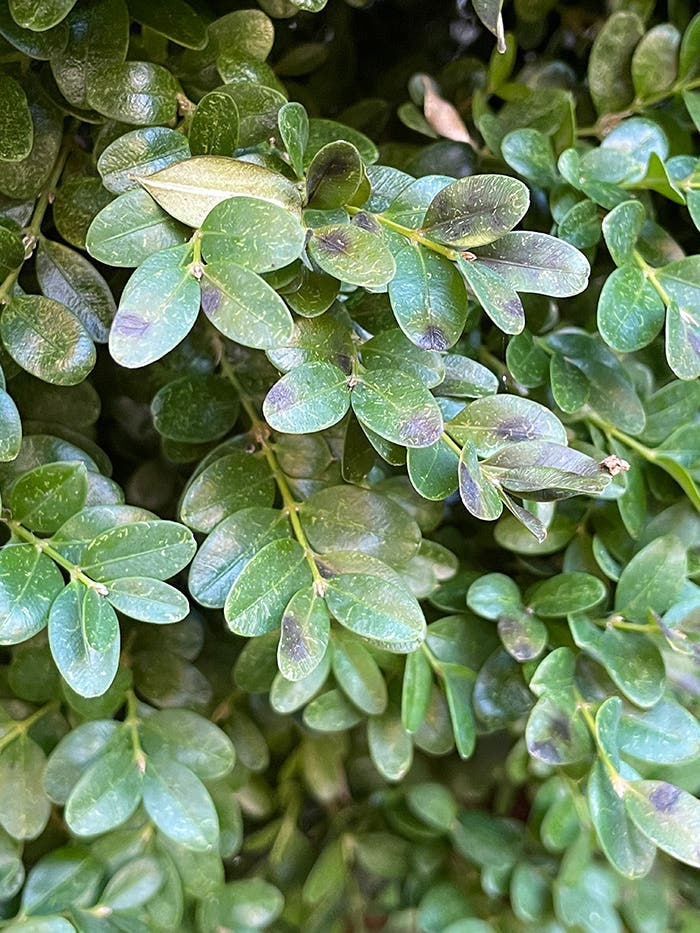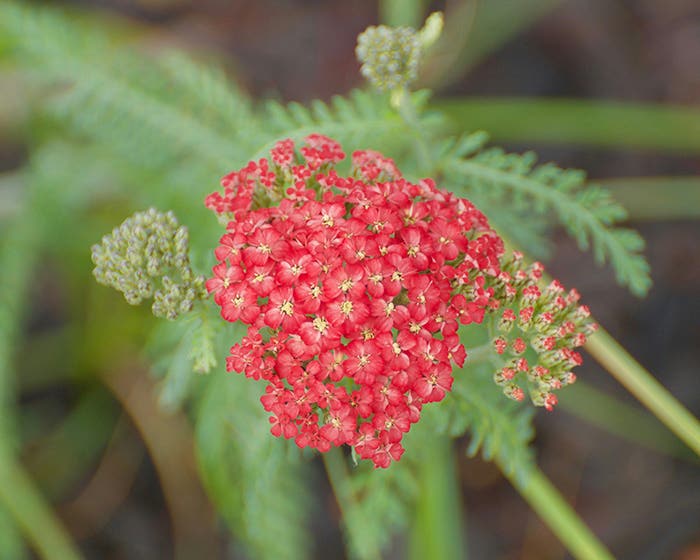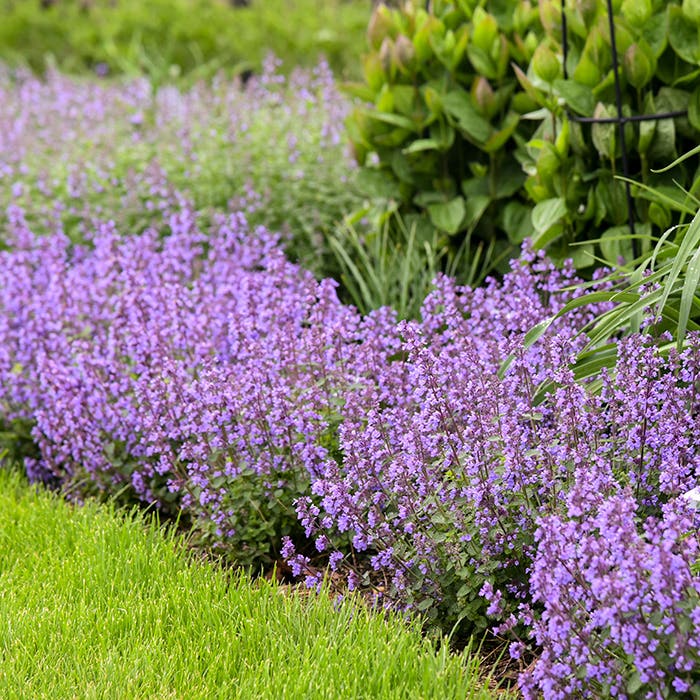Using Milk as Deer Repellent
This tip was shared with us for the January/February 2013 issue of Horticulture by George W. Longenecker, who was at that time Executive Director of the West Virginia Botanic Garden in Morgantown,…
This tip was shared with us for the January/February 2013 issue of Horticulture by George W. Longenecker, who was at that time Executive Director of the West Virginia Botanic Garden in Morgantown, W. Va. He wrote:
Deer problems? Try milk. We’ve used milk as a deer repellent for a decade with great success. During the growing season, we spray diluted milk (one part milk to three parts water) on the foliage and flowers of plants normally browsed by deer. We’ve used fresh and soured whole milk, two percent, skim and buttermilk, all with positive results.
The milk solution will remain on the plants through a number of rains, but we like to spray every 10 days during the growing season to protect emerging, tender new growth. We apply the milk solution on sunny days, so that it can dry on the plants.
For winter protection, undiluted milk is applied on warm days (above freezing) in November, January and March.
One word of warning: According to some recent articles, milk (quantity unknown) applied to the soil can be harmful to the soil microflora necessary for the decomposition of organic matter. We’ve found that, with a good mulch layer under plants, the small amount of milk that drips off leaves when it is first applied does not appear to be a problem.
Milk as a deer repellent seems too simple to be true, but give it a try—it works. Visitors to our garden often ask us why deer don’t like milk. Our answer? “They won’t tell us!”


